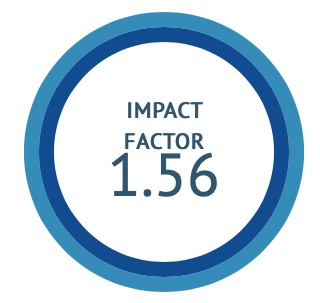Establishment of quality and safety markers for the identification of Amomum seed and Cinnamon leaf
DOI:
https://doi.org/10.47552/ijam.v15i2.4715Keywords:
Herbal drugs, Pharmacognostical evaluation, Quality control, Standardization, Amomum subulatum, Cinnamomum cassiaAbstract
A crucial and essential prerequisite is the standardization of crude drugs for the purpose of authenticating their effectiveness, safety, and quality. To ensure the scientific significance of two traditional medicinal plants, standardization and quality assessment of two traditional medicines have been done in the current work. The Pharmacognostical evaluation, microscopy, HPTLC profiling, and safety assessment of Amomum subulatum Roxb seed and Cinnamomum cassia Blume leaf have been carried out. The evaluation was carried out by using standard World Health Organization (WHO) protocol along with HPTLC profiling of different extracts by developing suitable solvent systems. Microscopy has been carried out using advanced techniques. The quantitative estimation of harmful heavy metals and aflatoxins is also achieved by using prescribed protocol. The outcomes have been collated and set up in a tabular format for HPTLC profiling and physicochemical evaluation of Cinnamomum cassia and Amomum subulatum. Both the drugs underwent for safety assessment by estimating aflatoxin (B1, B2, and G1, G2) using HPLC, and heavy metals (Lead, Mercury, Cadmium, and Arsenic) by applying atomic absorption spectrometer, whereas pesticidal residue were estimated by using recommended GC-MS method the results have been compared with reference values and discussed, respectively. All the procedures repeated thrice and the average reading with standard deviation has been represented. The recommended standardization methods are valuable for ensuring the scientific significance of herbal drugs. The study demonstrated the microscopic cellular identification of both the plant species, TLC profiling is an acceptable technique to know the phytoconstituents present in particular extracts (polar or non-polar), whereas safety assessment by performing heavy metals, aflatoxins, and pesticide analysis which all collective work can be remarkable for ensuring the quality.
Downloads
Published
How to Cite
Issue
Section
License
Copyright (c) 2024 International Journal of Ayurvedic Medicine

This work is licensed under a Creative Commons Attribution 4.0 International License.
The author hereby transfers, assigns, or conveys all copyright ownership to the International Journal of Ayurvedic Medicine (IJAM). By this transfer, the article becomes the property of the IJAM and may not be published elsewhere without written permission from the IJAM.
This transfer of copyright also implies transfer of rights for printed, electronic, microfilm, and facsimile publication. No royalty or other monetary compensation will be received for transferring the copyright of the article to the IJAM.
The IJAM, in turn, grants each author the right to republish the article in any book for which he or she is the author or editor, without paying royalties to the IJAM, subject to the express conditions that (a) the author notify IJAM in advance in writing of this republication and (b) a credit line attributes the original publication to IJAM.




